Vegetable Garden 101: TOP 10 Gardening Mistakes To Avoid
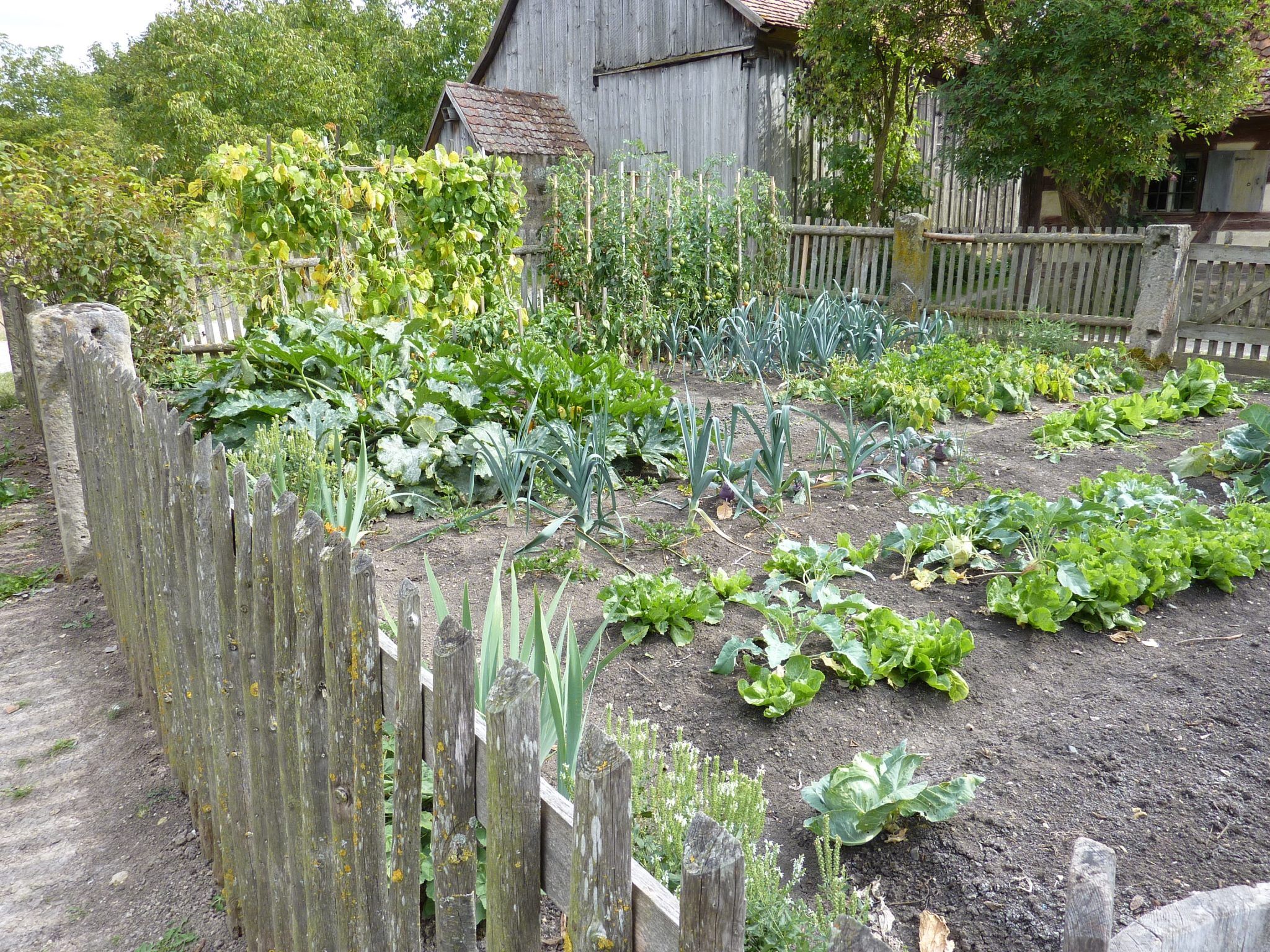
Planting a backyard vegetable garden is a great way to grow your own food, a fun way to teach your kids where food comes from and an invigorating hobby that can increase your physical activity. You can grow some of your favorite herbs, fruits, and vegetables while enjoying the convenience of having fresh produce available just steps away from your kitchen.
But if you are new to gardening, there are some common mistakes that can limit your success and take the fun out of an otherwise enjoyable endeavor. To help you get your garden off to a good start, here are 10 vegetable garden mistakes you will want to avoid.
Gardening Mistake #1: Starting too Big
After you have been growing your own food for a while, you will probably want to expand your garden. You just might find yourself sticking a container of strawberries in an open corner on your deck, seeking out every spare inch of ground to fit in one more pepper plant, or eyeing your flower bed and fantasizing about replacing your roses with radishes. This is pretty common among folks who have been successfully growing a backyard vegetable garden for a few years.
However, you do not want to start too big. If you are new to gardening, you really cannot be sure how much you will enjoy it or how successful you will be at it. Therefore, rather than spending the time and money required to transform half of your yard into a vegetable garden, and then later finding out gardening is not your thing, it is better to start small and build on your successes.
A smaller garden is easier to maintain, requires less time and allows you to focus your efforts on learning how to grow fewer varieties. It also allows you to learn how to water, amend the soil and perform other gardening tasks on a smaller scale and without worrying about losing 20 rows of expensive plants if you do it wrong.
Start growing your herbs, vegetables or fruits in a few containers on your patio or in one or two raised garden beds. You can always expand your garden as your gardening skills develop and when you can better judge how much time and money you want to spend on your backyard garden.
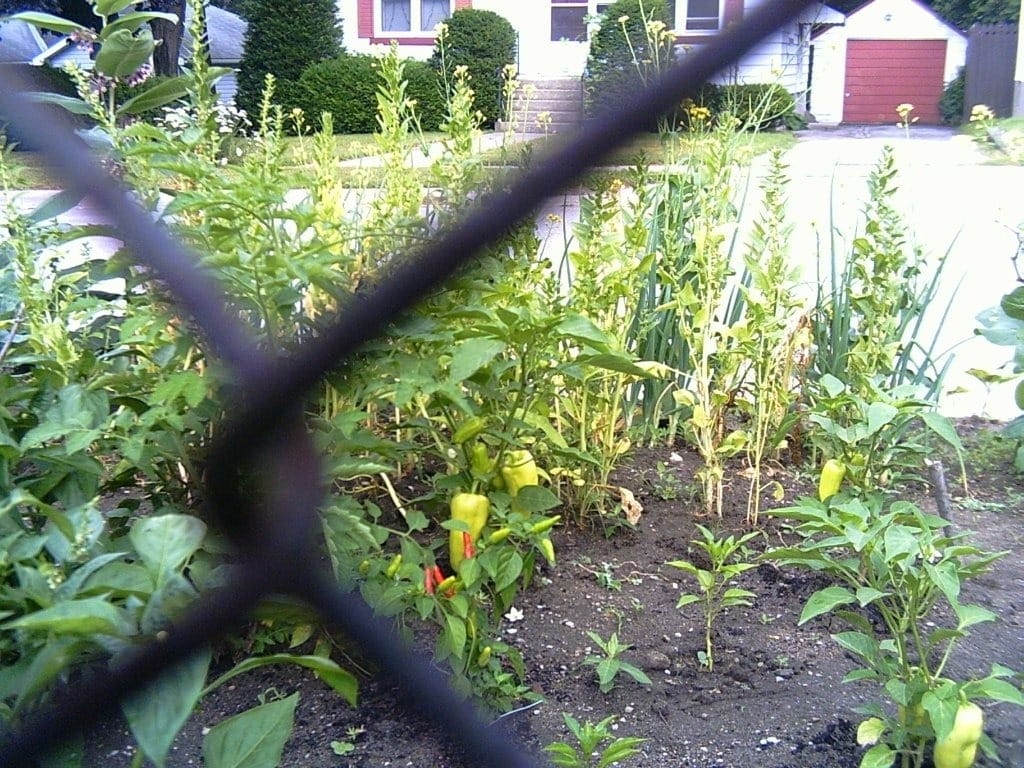
Gardening Mistake #2: Starting with too Many Varieties
Once you have decided that you want to grow a backyard vegetable garden, it is pretty common to then want to grow everything your local nursery has to offer. You might go in for tomatoes, but as soon as you see the peppers, and then the squash, and then the basil and so on, your cart will probably start piling up with seed packets or plants.
It all looks so fun to grow and it is generally much more appealing to grow a wide variety of foods — rather than just one or two basic options. This is particularly true if you have an overall goal of becoming more self-sustaining or growing a good portion of your family’s food.
But even urban farms can be started small and can develop into a cornucopia of produce over the years. So even if you only grow most or all of the tomatoes your family needs this year while picking up the rest of your produce at the farmer’s market or grocery store, that is a good start.
Starting with fewer varieties allows you to learn more about the needs of those particular plants, where they do best in your yard, and what your family will or will not eat from the garden. Starting with too many varieties makes it easy to spread yourself too thin and miss out on the joy of growing your own food while you scramble to learn about squash fungus, cabbage worms and tomato-loving aphids all in the same year and on top of everything else there is to learn.
For the best chance of long-term success, begin with a few, basic varieties that allow you to hone your gardening skills, and then expand your garden a little each year.
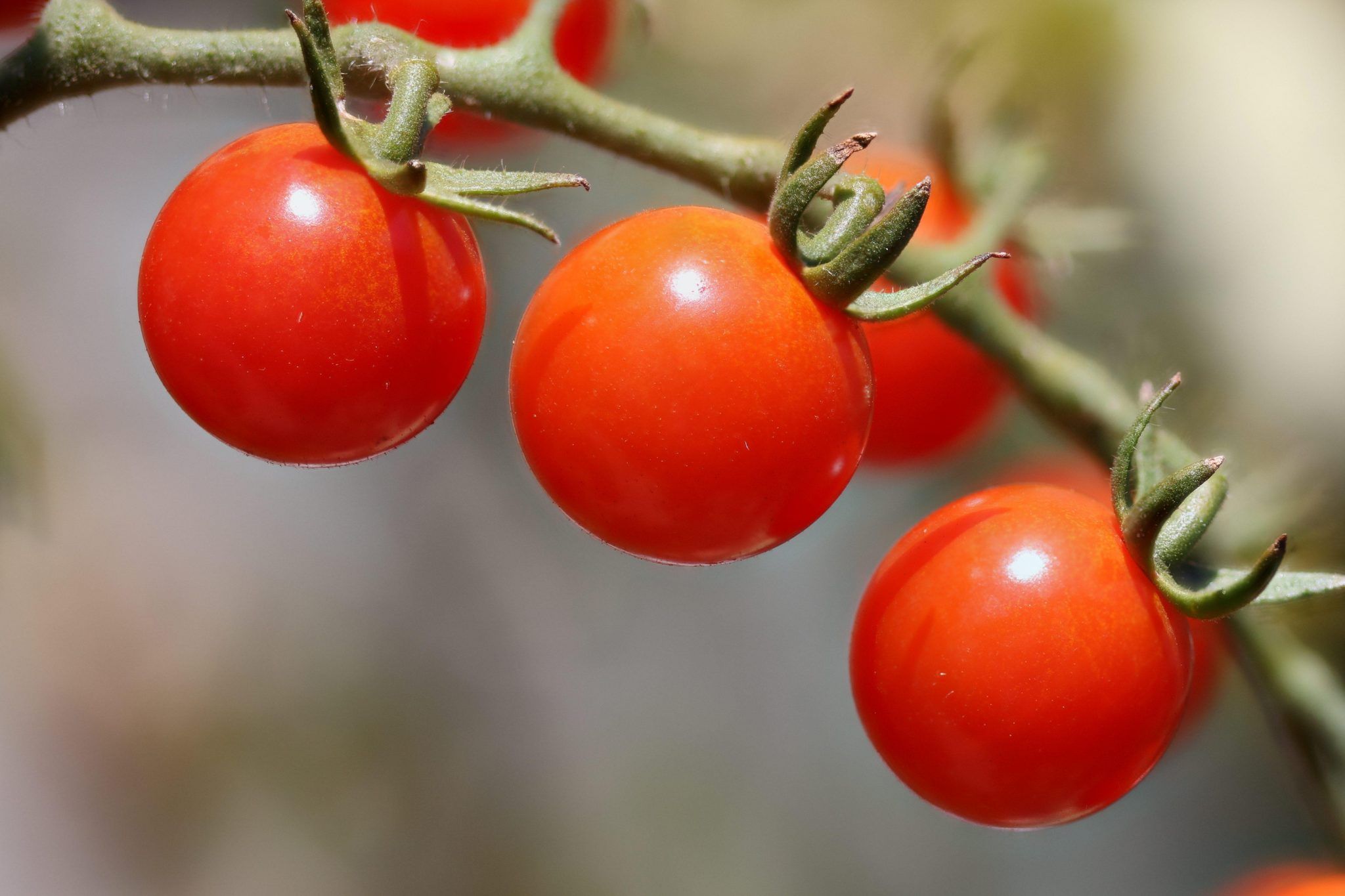
Gardening Mistake #3: Starting with the Wrong Varieties
Starting with the wrong varieties is not necessarily a huge mistake, but it may make your introduction to gardening more difficult, more time consuming and less fun. There is a reason most backyard gardens have certain staples, such as tomatoes, zucchini, basil and bell peppers: They are easy to grow.
If you choose something like asparagus, you might lose interest in gardening while you wait for the two to three years before you actually get to harvest anything. If you plant cool-weather crops with long growing seasons, like lettuce or cauliflower, anytime after late winter, you might find that our Southern California weather warms up too much before they have had a chance to mature. Another example would be trying to grow long varieties of carrots in our area’s clay soil if it has not been properly prepared.
Some varieties of fruits and vegetables are more susceptible to pests, cannot withstand fluctuating temperatures, or are too temperamental when it comes to how often and how much you water them. Some simply require more care. This is not a problem for an experienced gardener with plenty of time, but it can be very frustrating for a gardener who is just learning or needs to fit their gardening time into a busy schedule.
You will have a better chance of success and be less likely to lose interest in your garden if you choose varieties that your family enjoys, work well in your yard and are easy to grow. Try the aforementioned tomatoes, bell peppers or zucchini. Or, if you are particularly busy, you may want to stick to an all-herb container garden for your first year, including easy-to-grow herbs, such as basil, mint, rosemary, and thyme.
Gardening Mistake #4: Planting Invasive Plants Without a Border
There are some options that are fun to grow and delicious to eat but will take over your garden if you let them. Examples include Jerusalem artichokes, varieties of mint and dandelions. Dandelions, in particular, are a bit difficult to tame, which is why most Americans think of it only as a weed, but other invasive plants that are grown for food can be controlled.
Planting oregano, peppermint or spearmint in containers is the easiest way to keep them from taking over your garden. If you really want them in the ground, dig a large hole, sink a container into the ground and plant them inside the container. You can also plant most invasive herbs and others in beds with borders to keep them from crowding out their neighbors.
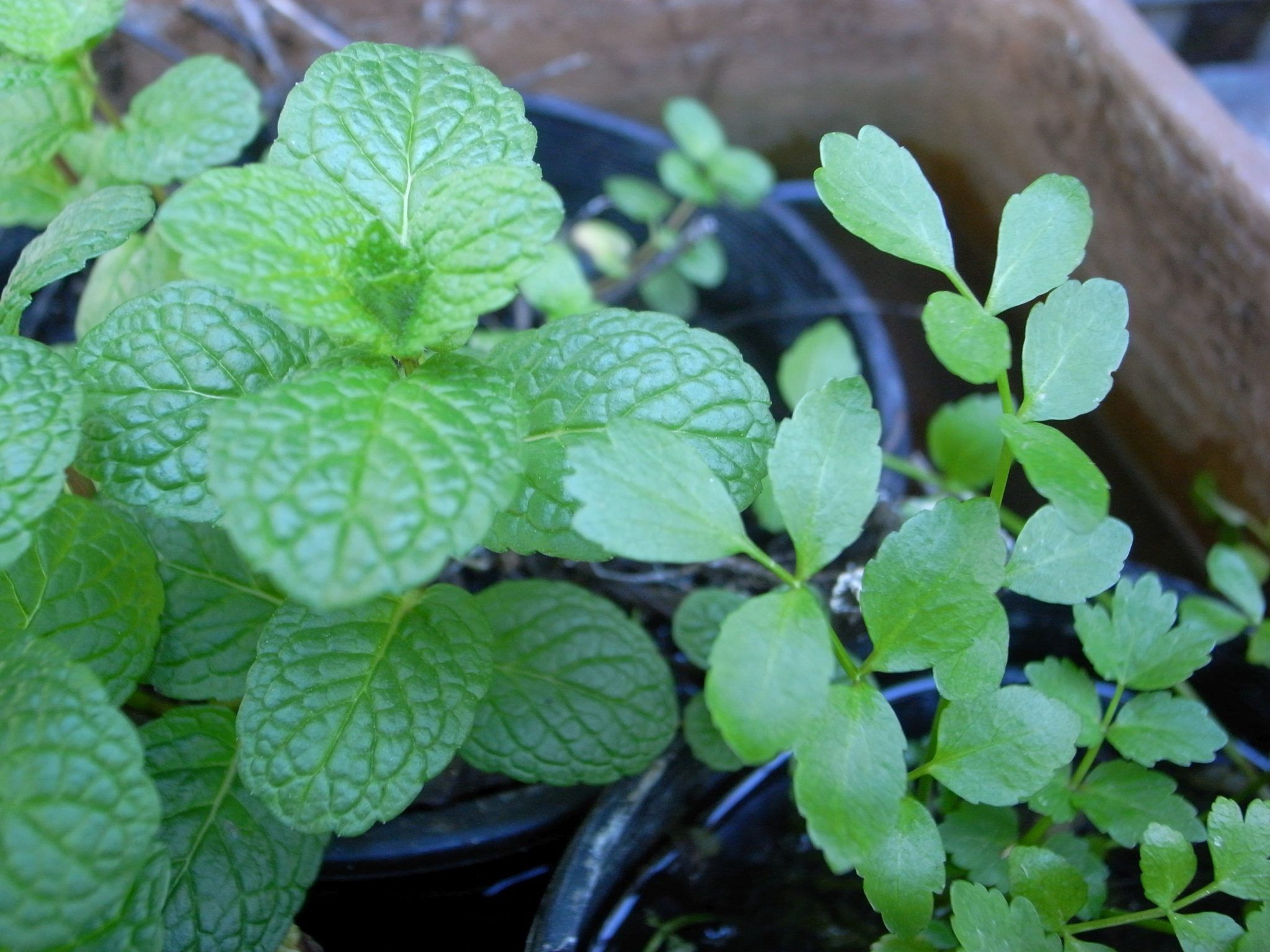
Gardening Mistake #5: Not Labeling Your Plants
Some new gardeners get so excited about getting their plants or seeds in the ground that they completely forget to mark their rows or to take that little plastic tag out of the pot and stick it in the soil. Unfortunately, when you fail to mark what is where in your garden, it can cause all sorts of issues.
First off, it may lead to you forgetting where you have planted, which could mean that you will sow pumpkin seeds where you have already planted lettuce, or it could mean that you neglect to water that spot because you forgot that you planted something there. It can also lead to mistaking your plants for weeds or not caring for the soil properly because you are not sure what is planted there.
You can use all sorts of things to mark your rows. For example, you can staple your seed packet to a paint stirrer and stick it in the ground, use the tags that came with your plants, use a permanent marker to write the names on old spoons, or purchase inexpensive plant markers.
Get as creative as you would like, just make sure you somehow mark what is planted where.
Gardening Mistake #6: Not Being Able to Identify Your Plants
This may seem like something you can learn as you go and something that will be obvious once your plant begins to produce, but you might be surprised at just how much baby collard greens or kale can look like common weeds.
Become familiar with what your herbs, fruits, and vegetables look like at different stages of their life so that you do not accidentally pull them and leave the weeds to flourish.
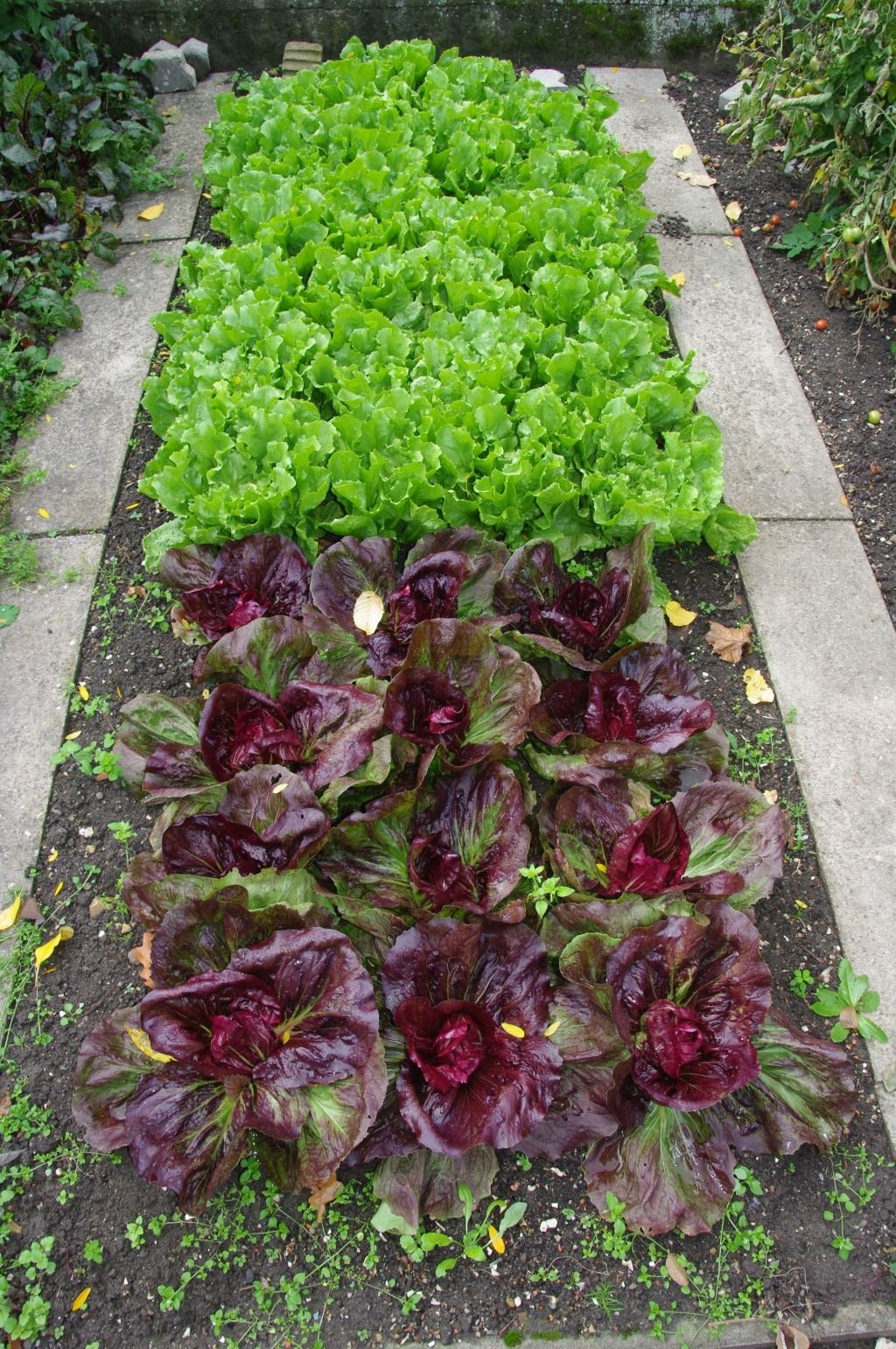
Gardening Mistake #7: Overfertilizing
Sometimes, new gardeners buy into the idea that fertilizer is the key to success just a little too much. With good intentions, they get a bit overzealous and sometimes think that if a little fertilizer is a good thing, then a lot must be even better.
Too much fertilizer can actually kill your plants, make them more susceptible to disease, burn them, or be completely counterproductive and cause them to not produce.
Make sure you purchase the correct fertilizer for the type of plants you are growing and follow the directions on the label. To keep chemicals out of your yard and reduce the chance of burning your plants, choose an organic fertilizer that releases nutrients over time.
If you have prepared your soil by mixing in organic compost, you will need less fertilizer and might do fine with no fertilizer at all.
Gardening Mistake #8: Crowding Your Plants
There are good reasons why seed packets tell you how far apart to space particular plants and why thinning seedlings is a good practice to follow. While it can be tempting to plant your seeds close together in hopes of a more bountiful harvest, this is rarely the case, particularly for beginner gardeners. There are some forms of gardening, such as those practiced in potagers, that place plants closer together than recommended, but this is not a good plan for your first couple of years of gardening.
It can also be difficult to pull out perfectly good plants, which leads a lot of gardeners to skip the thinning stage completely. Spacing your plants appropriately is not just about giving your plants room to grow; it is also about making sure your plants get their fair share of water and nutrients from the soil and that their leaves receive enough sunlight. When crowded too closely together, plants tend to be less healthy and to produce less.
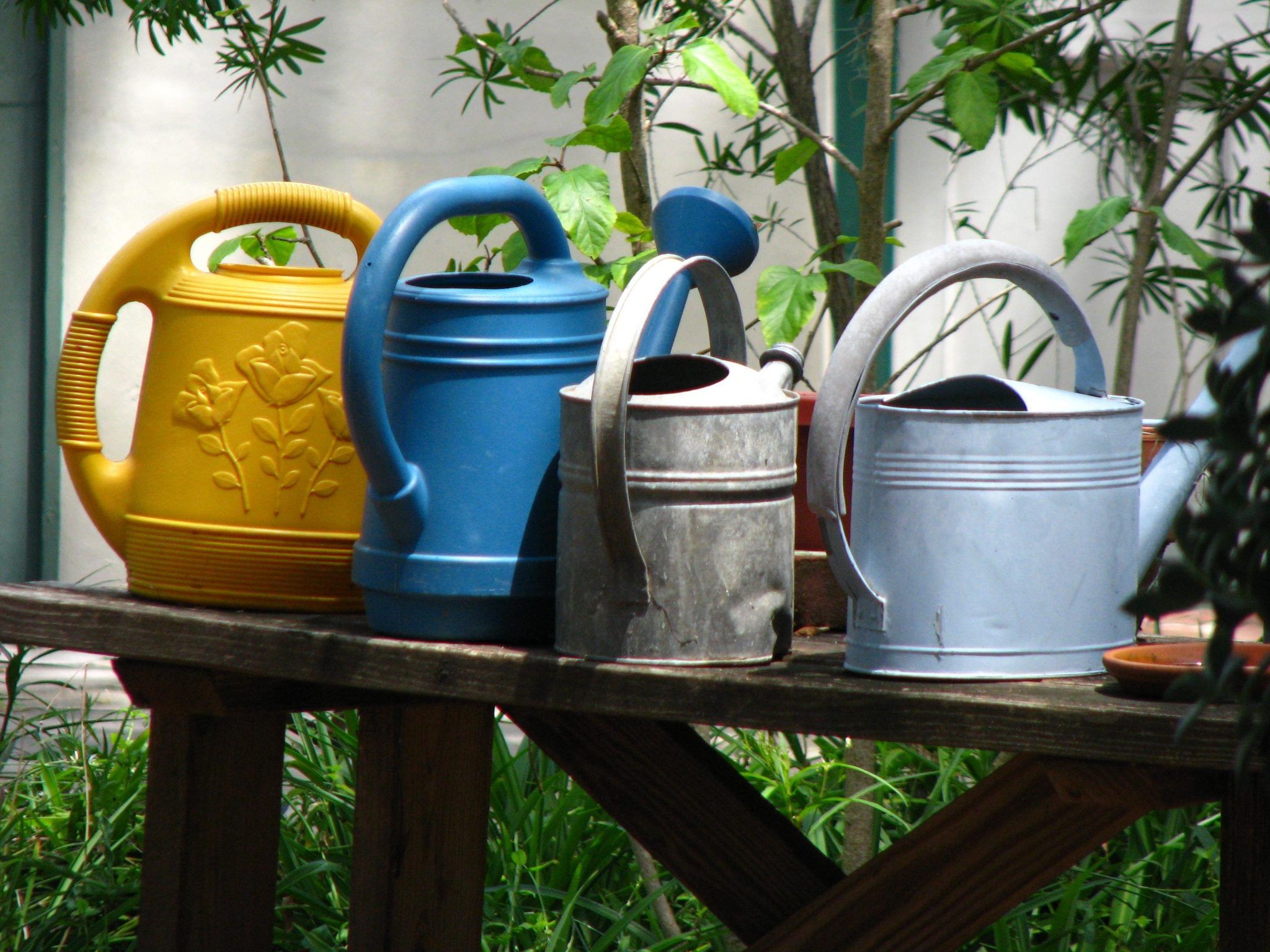
Gardening Mistake #9: Overwatering
It may come as a surprise that more vegetable gardens are killed from overwatering than from underwatering. Southern California is pretty much always in a drought anyway, so one way to remember when to water your garden is to just always pretend your city has mandatory water restrictions in place. Heck, half of the time, this will probably be true anyways.
Watering once or twice per week should be all your vegetable garden needs and, just like other plants, your fruits, vegetables, and herbs will do better with deeper, less frequent watering. A good rule of thumb is one inch of water per week.
Watering too much or too often can promote harmful fungus issues, make your plants more susceptible to disease or drown them.
Make sure your plants have well-draining soil and water them only when needed. Do keep in mind that seeds require more frequent watering and soil should be kept moist until they germinate. This may require watering every other day or even every day if the weather is particularly dry and hot.
Gardening Mistake #10: Not Keeping a Garden Journal
A journal may seem like just one more time-consuming task to add to your list of watering, weeding, pruning and harvesting, but it really will prove helpful if you keep one.
Keeping a journal allows you to keep track of what you plant where each year. This is important because you do not want to continue planting the same crop in the same spot year after year. Crop rotation is a very old practice that has been proven successful, and you will want to implement this practice in your backyard garden.
Keeping a journal also allows you to keep notes and compare them each year to see where certain plants thrive or do not do as well in your yard. If you use fertilizers or pesticides, it will also help you come up with the treatment schedule that works best for your garden and to determine which products were or were not effective.
Your Turn…
We all make mistakes while we are learning how to garden. If you could go back in time, which vegetable gardening mistakes would you avoid making?
Photo Credits: morgueFile, Seemann; morgueFile, gracey; morgueFile, GeoffS; morgueFile, msthurnell; morgueFile, Seemann; morgueFile, Castlelass